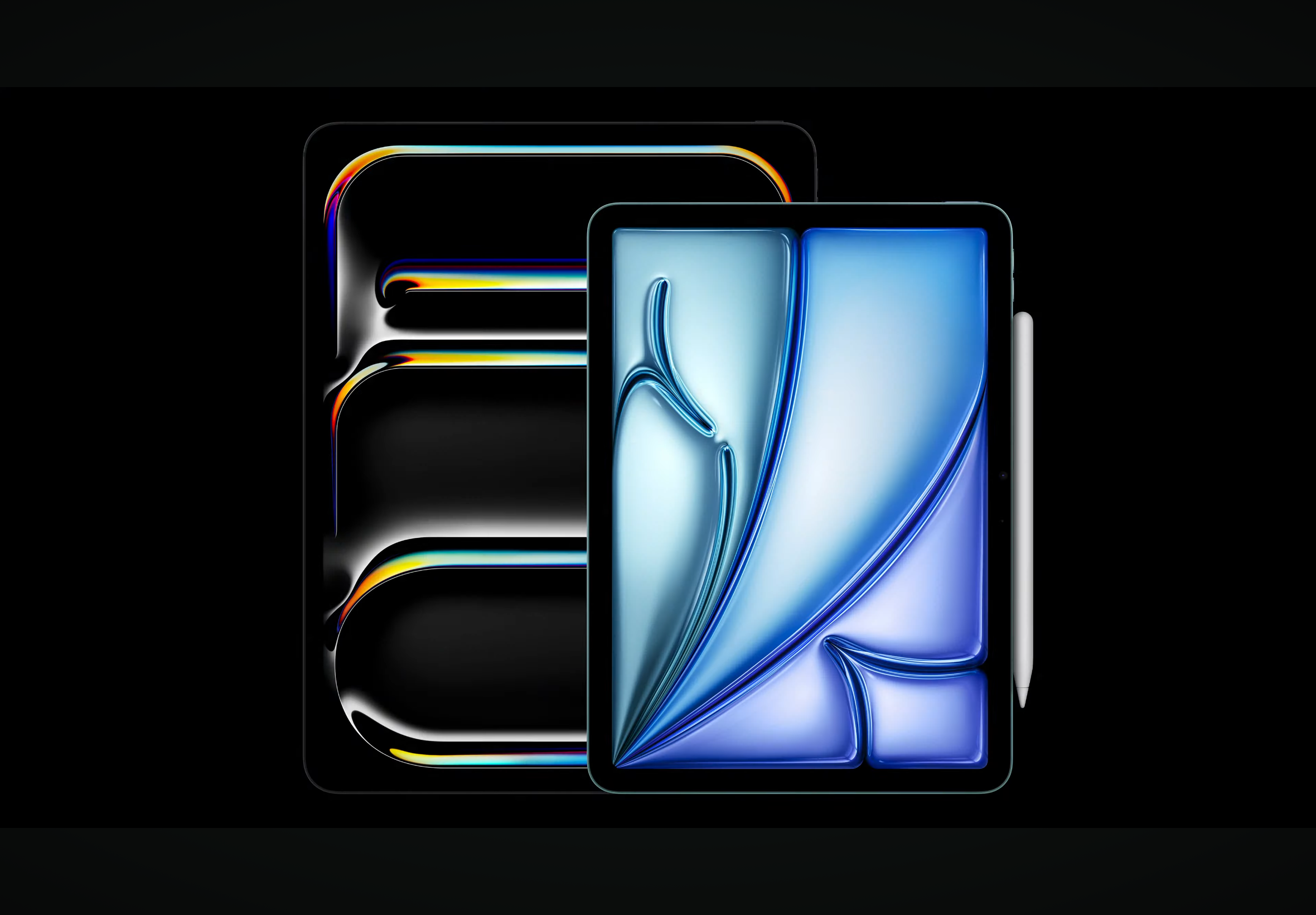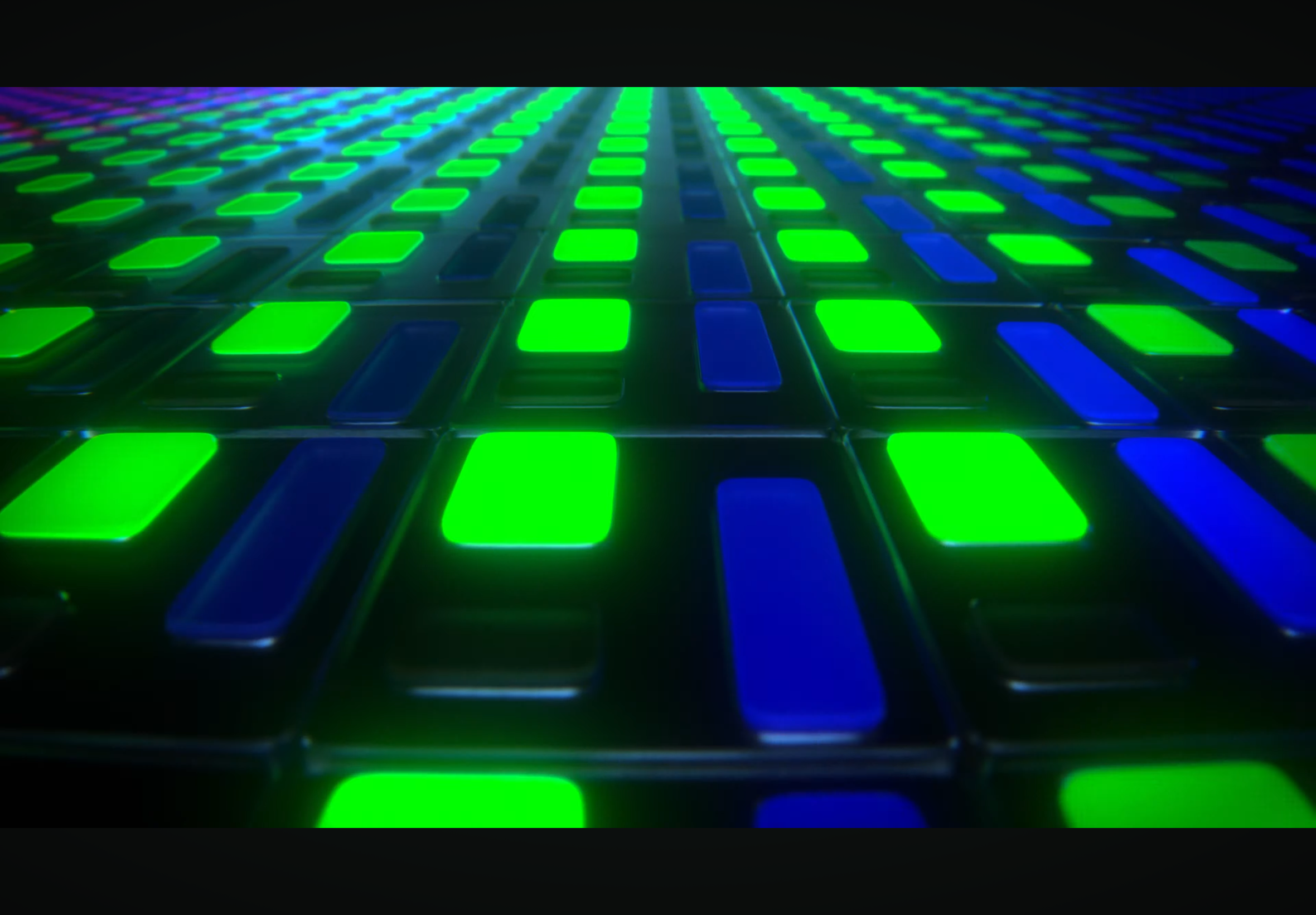The new iPad Pro costs as much as an LG OLED TV – but perhaps for good reason
An OLED on the go is a very compelling prospect…

This week Apple unveiled a duo of new treats for tablet users, lifting the lid on its new iPad Air and iPad Pro 2024.
As expected the iPad Pro model in particular is expensive. The lowest 256GB storage, 11-inch iPad Pro costs £999/$999, while the entry-point 256GB, 13-inch model costs £1299/$1299.
To put that in context, for the same price as a 13-inch iPad Pro, you could buy a 55-inch LG C3 TV and for just a little more you could get a current generation, 42-inch LG C4 OLED TV.
Why am I comparing an iPad to an LG OLED TV you ask? It's because Apple did pretty much that at the iPad Pro’s unveiling, describing it as being, “like holding a cinema in your hands.”
There’s no way I’d ever give up a proper, full-sized OLED TV as my go-to destination for serious movie-watching, but as I watched the tablet’s launch I couldn’t help but feel a little excited about the new iPad Pro.
Of course, we will reserve judgment on the new iPad Pro until we've properly tested it, so this is based purely on my experience reviewing tablets over the past decade and a half and my early impressions of the device’s specs.
But from that standpoint, there's one key reason I’m interested in the new iPad Pro: its OLED screen. We’ve seen OLED tablets before; Samsung has been rolling out Galaxy Tablets with the tech for quite some time. It also famously released a giant Galaxy Tab S9 Ultra, which was similarly pitched as “the perfect tablet for cinephiles”, complete with an AMOLED screen.
Get the What Hi-Fi? Newsletter
The latest hi-fi, home cinema and tech news, reviews, buying advice and deals, direct to your inbox.
The reason that the iPad Pro's display is so interesting is that it promises to be the first to overcome OLED technology's biggest perceived weakness – low max brightness.
OLED screens create images by charging individual pixels. This lets them deliver perfect, inky blacks and stellar contrast when set up right. It's also a key reason most of the sets in our best TV guide are OLEDs.
The downside is that traditionally the screens can’t go as bright as LCD sets. Recently TV makers have tried to fix this problem, using MLA or QD-OLED panel technologies. This has led to an influx of great next-generation OLED sets, such as the LG G3, Philips 908, Panasonic MZ2000, Sony A95L and Samsung S95D, which all offered significantly higher max brightness levels than we're used to from traditional OLED TVs. If you read our reviews you’ll know this makes a huge difference and helped the TVs offer a much more immersive picture experience.
The 2024 iPad Pro, features a new Ultra Retina XDR display. The screen is atypical in that it uses a custom “Tandem OLED” setup, which from what I’ve seen has the same brightness-boosting goal as MLA and QD-OLED.
Specifically, Apple claims by loading the iPad with two overlapping OLED panels, the new Pro claims to offer 1000 nits fullscreen brightness and 1600 nits peak HDR brightness. To put that in context, most HDR standards require 1000 nits max brightness as a baseline. Traditional OLED screens struggle to get past 400-700 nits. So this is a bold claim and potentially a very big deal, especially considering where and how I would watch movies on an iPad Pro.

While serious movie watching will be done in my lounge, with a Dolby Atmos sound system and the blinds closed, I use a tablet for more casual viewing. This includes sitting in my hammock when it’s sunny (yes, really), in bed with headphones while my wife’s asleep, on my morning and evening commute, and while travelling. In these instances, while it’s been fine using a tablet to catch up on the latest episode of Bob’s Burgers, I’m yet to find a device that does HDR content justice.
Most recently this led to a particularly jarring moment when I was trying to watch The Fall of the House of Usher on a Pixel Tablet in a hotel room, where even in pitch black the lack of contrast and poor black level cut out entire sections of the picture. I probably saw less than 30 per cent of what the director intended as a result.
Equally, in the past on tablets like the Galaxy Tab S9 Ultra, the lower max brightness meant the device's screen would quickly become illegible in bright sunlight, which happened a fair bit during my hammock sessions.
If the new OLED iPad Pro can perform in these situations, I’d be more than happy to invest in it as a portable movie station. I can’t wait to get it into the What Hi-Fi? test rooms and see how it performs during our review.
These are the best OLED TVs we've reviewed
We rate the best tablets for home cinema fans
Check out our picks of the best Dolby Atmos soundbars

Alastair is What Hi-Fi?’s editor in chief. He has well over a decade’s experience as a journalist working in both B2C and B2B press. During this time he’s covered everything from the launch of the first Amazon Echo to government cyber security policy. Prior to joining What Hi-Fi? he served as Trusted Reviews’ editor-in-chief. Outside of tech, he has a Masters from King’s College London in Ethics and the Philosophy of Religion, is an enthusiastic, but untalented, guitar player and runs a webcomic in his spare time.
